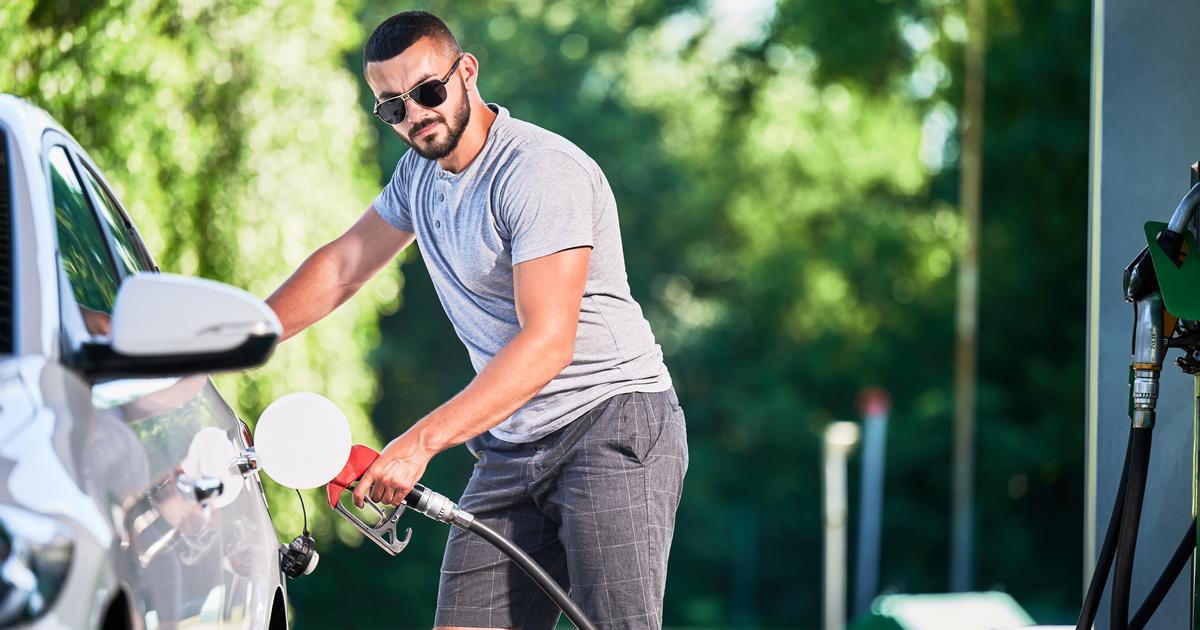Enlarge image
Lower Saxony's Environment Minister Olaf Lies (SPD) during an on-site visit in Wilhelmshaven
Photo: Sina Schuldt / dpa
Lower Saxony's Energy Minister Olaf Lies (SPD) is planning to build four liquid gas terminals near the North Sea coast and now wants federal support for this.
In a letter to Federal Minister of Economics Robert Habeck (Greens), Lies proposes a declaration of intent for projects in Wilhelmshaven and Stade.
"We should work out and sign this joint agreement in the next few days," says the letter, which SPIEGEL has seen.
Among other things, it should contain commitments for a “necessary proportionate financing”.
Since Russia invaded Ukraine, the German government has set itself the goal of becoming less dependent on Russian natural gas imports.
Chancellor Olaf Scholz (SPD) announced the construction of so-called LNG terminals in Brunsbüttel in Schleswig-Holstein and in Wilhelmshaven in Lower Saxony.
Liquid gas is to be taken over there and fed into the German grid as natural gas.
Habeck was also in Norway and Qatar to negotiate more liquid gas deliveries from these countries.
A written agreement has already been reached for Brunsbüttel, which stipulates, among other things, that the state-owned KfW bank will have a 50 percent stake in the project.
The entire terminal is expected to cost around one billion euros.
Such an agreement has so far not been available for locations in Lower Saxony.
In his letter, Lies announced that the first liquid gas deliveries could be imported via Wilhelmshaven as early as the end of 2022.
That would be much earlier than in Brunsbüttel, where completion is not expected before 2025 or 2026.
In order to keep to the “ambitious schedule”, however, a quick decision is necessary, writes the Lower Saxony minister.
In total, there are plans for four LNG unloading options in the state:
In
Wilhelmshaven
, two swimming platforms are to be used initially.
According to the letter, a first from the Uniper group could process around nine billion cubic meters of natural gas annually from the end of 2022.
A second platform with a further nine billion cubic meters per year is to be added in 2023.
A permanent LNG plant is also to be built in Wilhelmshaven by 2025.
It could feed around 20 billion cubic meters of natural gas into the grid every year.
A
fourth LNG terminal is planned for
Stade on the Elbe by 2025.
The capacity there would be around 13 billion cubic meters.
There is also another project in Wilhelmshaven.
Instead of liquid gas, ammonia is to be processed there.
The substance is required in industry, for example to produce fertilizers, and is now mostly obtained from natural gas.
Ammonia could thus replace natural gas imports.
"With the projects described here for Wilhelmshaven and Stade, we would be able to replace all the gas imported from Russia," Lies summarizes.
So far, Germany has been importing around 56 billion cubic meters of natural gas from Russia every year.
So far no LNG terminals in Germany
LNG terminals in Germany have been planned for years.
However, private investors have never implemented them.
Compared to pipeline natural gas, LNG has always been more expensive, and demand has been correspondingly questionable.
In Wilhelmshaven, for example, plans for an LNG terminal were actually abandoned last year until the Ukraine war led to a rapid change of course.
Now the state does not only want to contribute to the construction costs.
Apparently, gas from LNG is also to be exempted from certain network fees.
Consumers would then have to pay the additional costs via their natural gas bill.
The same applies to the expansion of the natural gas network, which is necessary for LNG.
Climate activists criticize that the LNG terminals create "new fossil infrastructure".
Politicians always point out that "green hydrogen" could be imported with the plants in the future.
"All Lower Saxony projects are green gas ready," emphasizes Lower Saxony's Environment Minister Lies.
However, it is still unclear how complex a conversion to hydrogen is, when it should take place and who should pay for it.
There are no concrete plans for this.









